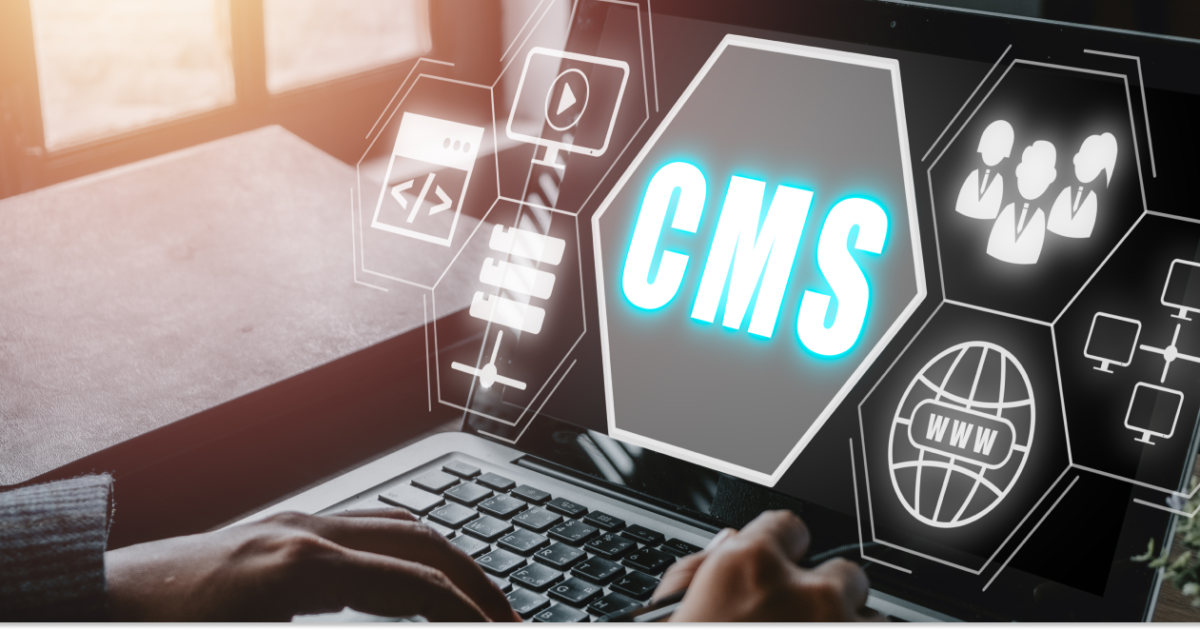Temperatures were below average, snowfall scarce in parts of Illinois in January | Agriculture
The Mattoon Fire Department is responding early Wednesday evening to a field fire along the Lincoln Prairie Grass Trail, west of Interstate 57.
CHAMPAIGN — Following the second warmest December on record, below-average temperatures in January were a shock to Illinoisans. The preliminary statewide average January temperature was 21.1 degrees, 5.6 degrees below the 1991–2020 average, according to Illinois State Climatologist Trent Ford at the University of Illinois’ Illinois State Water Survey.
January average temperatures ranged from the low teens in northern Illinois to the low 30s in southern Illinois, between 2 and 8 degrees below normal. Nighttime low temperatures frequently dipped below zero in central and northern Illinois, including lows of -22 degrees in Kane County and -20 degrees in Jo Daviess and Carroll counties.
Total January precipitation ranged from less than a tenth of an inch in central Illinois to over 5 inches in far southern Illinois. Most areas north of the Highway 13 corridor were 1 to 3 inches drier than normal, while the southern seven counties were 1 to 3 inches wetter than normal.
Snowfall totals going back to the start of October were between 5 and 15 inches below normal, with the highest deficits in northern and east-central Illinois.
January snowfall totals ranged from over 10 inches in parts of northern Illinois to less than half an inch in central and southern Illinois. Totals for the month were near to above normal in far western Illinois and the Chicagoland area, but were 1 to 8 inches below normal in central Illinois.
With the liquid water content of snow and rainfall taken together, the preliminary statewide average total January precipitation was 1.17 inches, 1.14 inches below the 1991–2020 average.
The most recent February outlooks from the Climate Prediction Center show elevated odds of wetter than normal conditions statewide, with slightly higher odds of warmer than normal weather in southern Illinois.
The three-month outlooks for February, March, and April together show a similar pattern of warmer and wetter than normal conditions to wrap up winter and begin climatological spring. These outlooks are still guided by La Niña conditions, but other indicators point to a wetter three-month period than the last few months.
Remember these Charleston locations?
Bill’s Bottle Shop

1979: The owner of bill’s Bottle Shop isn’t concerned about House Bill 21. The Liquor Commission has proposed extending bar hours from 1 to 2 a.m. and increasing the number of licenses from 25 to 32.
Filter Plant
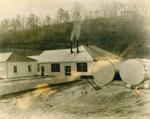
1935: The new filtering plant in Charleston has been placed in operation. The plant, which has a daily capacity of two million gallons, consists of three filter beds, mixing and settling beds. A booster pump takes care of pressure in case of fires. The water comes from deep wells. The addition to the Charleston waterworks was financed through funds on hand and by a small bond issue.
Junk yard

1965: An auto graveyard near Charleston is nestled between rolling hills along scenic Illinois 16.
Junk yard

1965: Mayor-elect Wlater Reasor Jr. and Eastern Illinois University president have urged to move the junk yards west of Charleston city limits.
Krackers
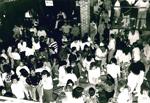
1988: Teen night fills the floor at E.L. Krackers.
Rotary community pool

1974: The Charleston Rotary Community Pool is located on approximately five acres of land directly behind the Junior High School.
Waterworks
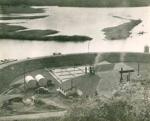
1948: Charleston’s waterworks is being converted from diesel to electric power this week at a savings in costs of $500 a month, releasing 18,000 gallons of fuel oil a year for other uses. Oil tanks will be kept full to enable emergency use of the diesel engines which will remain in place although disconnected.
Charleston airview
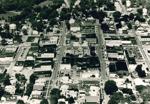
1985: Airview of Charleston.
American Hardware Supply aerial view
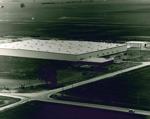
1982: Aerial view shows extent of American Hardware Supply Co.’s new 240,000 square foot distribution center north of Charleston.


.jpeg?width=682&height=455&name=AdobeStock_295048993%20(1).jpeg)

